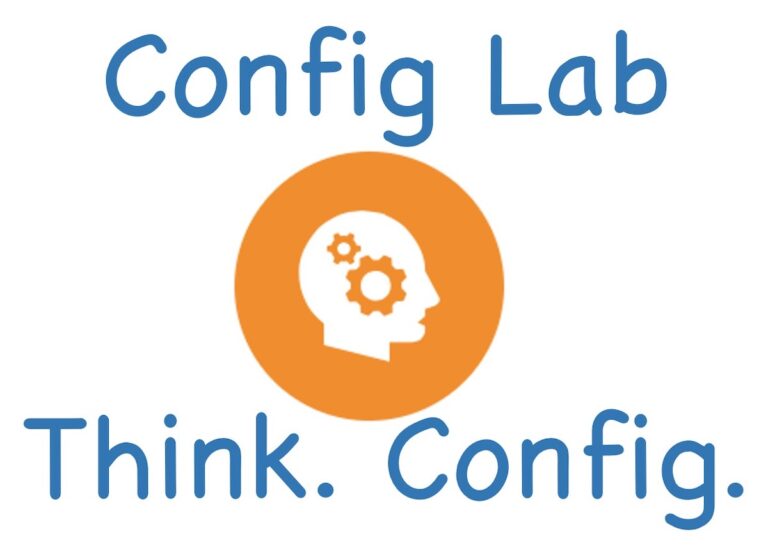Connect Study Plan to Blog Content
Refine your search based on book part and/or chapter, along with content type, like Config Labs or Q&A.
The post listing below updates instantly after you check a box.
Click [+] to expand the lists to the right.
Books, Parts and Chapters
Lab and Question Post Types
Advanced Search Results …
This latest config lab takes a backwards approach to configuration. In this case, it starts with a bunch of show commands, and asks you to derive some…
This latest config lab takes a backwards approach to configuration. In this case, it starts with a bunch of show commands, and asks you to derive some…
IPv6 routing has many similarities with IPv4 routing; however, the length of the IPv6 addresses can sometimes get in the way of learning the main concepts. This…
Ever get tired of sifting through the details of seemingly random IPv6 addresses? Well, today’s lab gives you yet another quick config exercise while using very easy-to-remember…
IPv6 addresses just take a little getting used to. This next lab gives you same reps with configuring Global Unicast addresses, while giving you a few mind-bending…
Do you know how to take an interface MAC address and determine what IPv6 address the interface would use when using EUI-64? Could you then do the…
OSPF chooses the best route to reach a subnet based on the lowest cost among all possible routes. OSPF calculates the cost as the sum of the…
OSPF uses a router's Router ID (RID) to identify each router. We see the RID in many OSPF verification commands, so using predictable, known OSPF RID values…
The OSPF network type setting happens to be one of the more useful optional OSPF features. This setting changes a couple of details about how OSPF operates…
OSPF includes many optional features. Depending on the network, particularly the WAN, you may ignore some of those features while possibly using others. The choice to influence…

